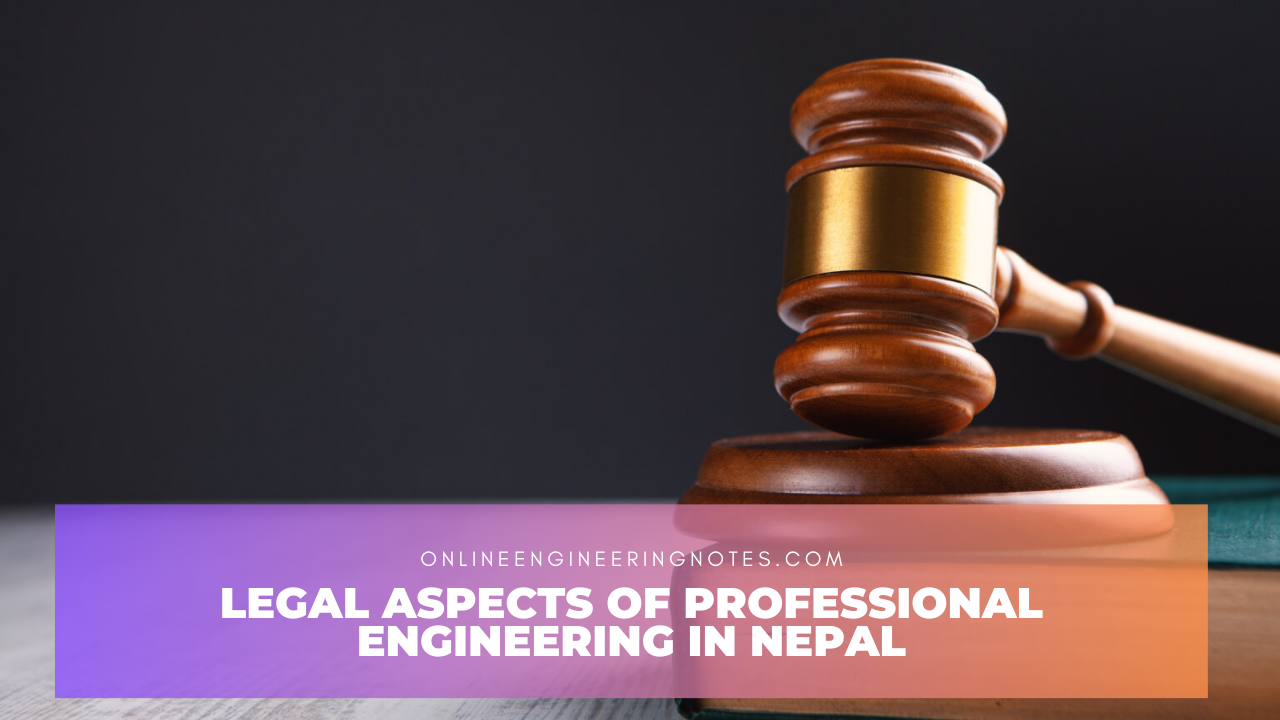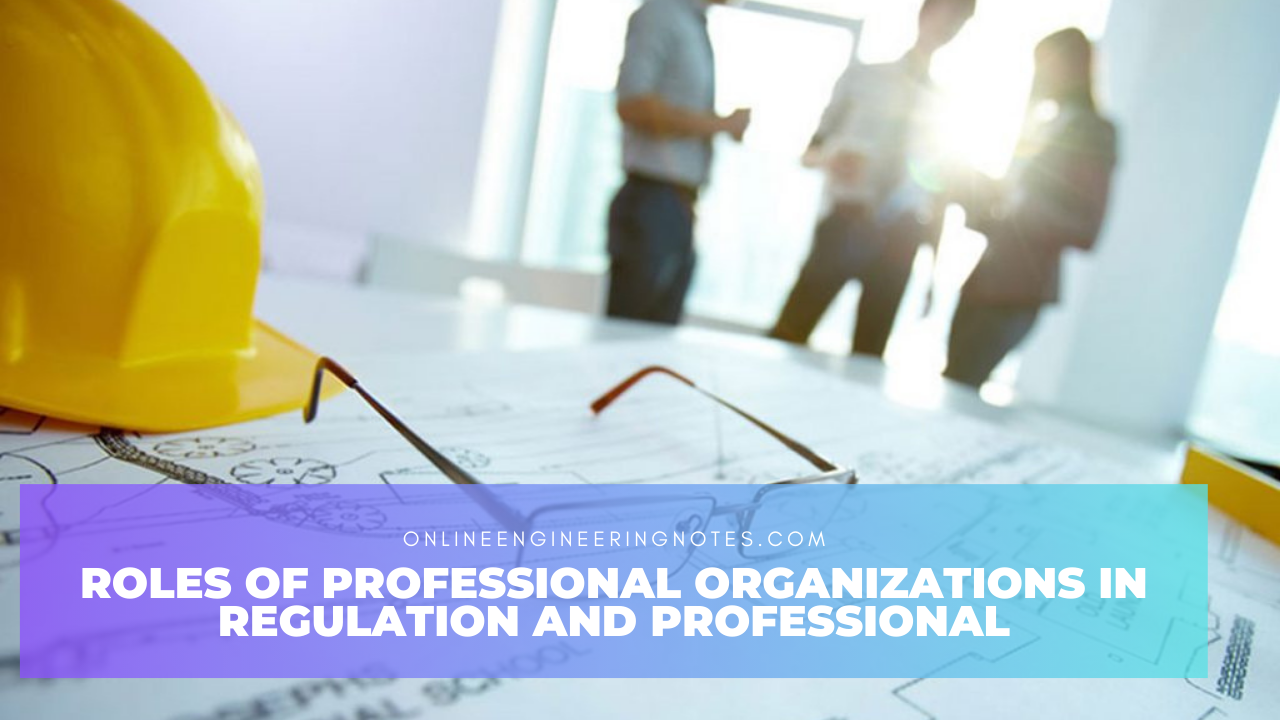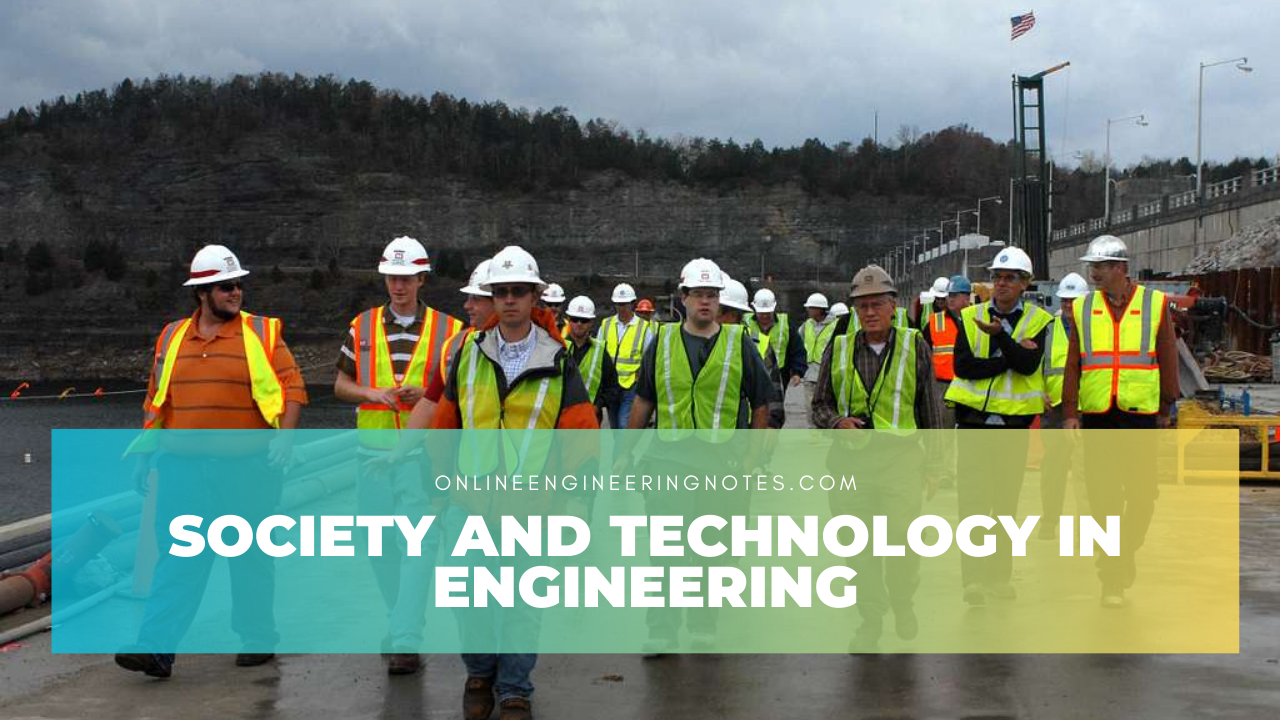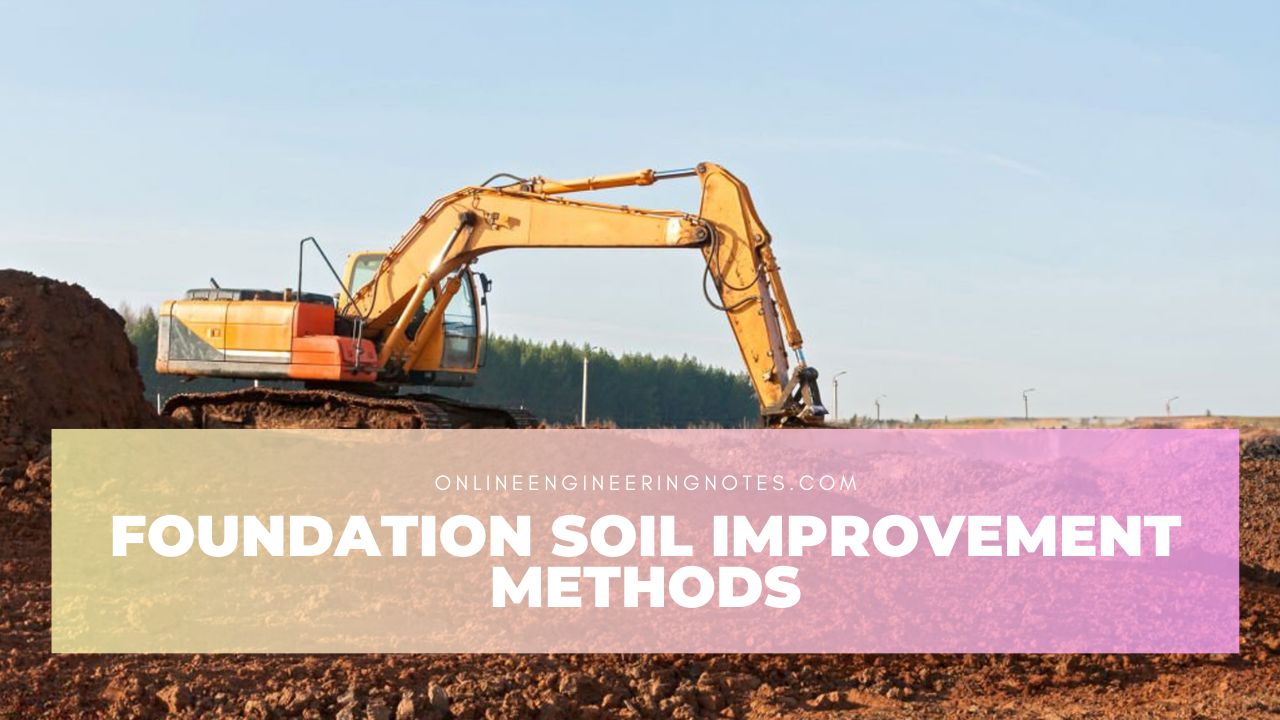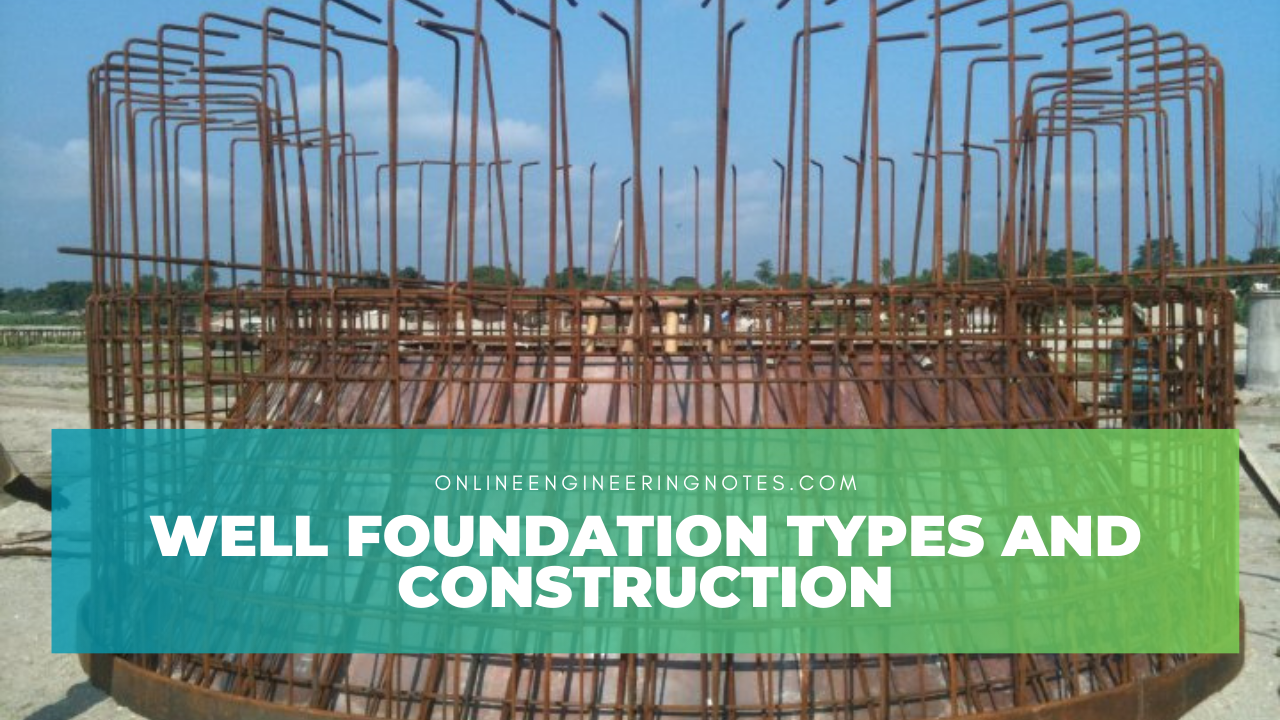Conflict and Dispute Management in Engineering
1.1 Level and sources of conflict Level of conflict: Sources of conflict: 1.2 Conflict resolution method 1.3 Dispute resolution method 1.4 Difference between conflict and dispute Conflict Dispute Disagreement or clash of interest. Formal disagreement of ten legal in nature. Can be small, personal or organizational. Usually involves legal right or obligations. Can be resolved … Read more


